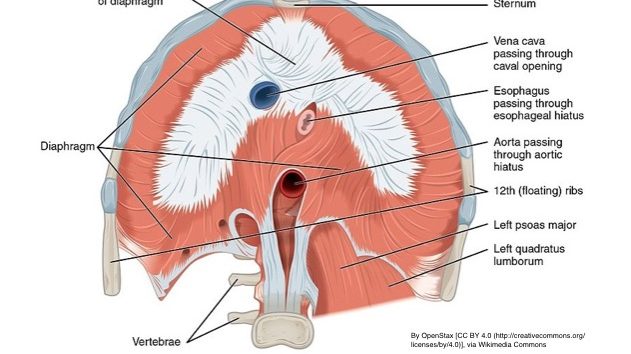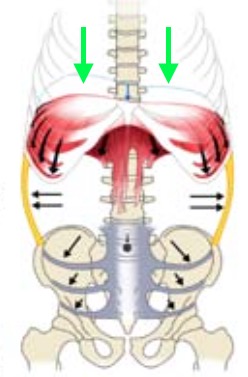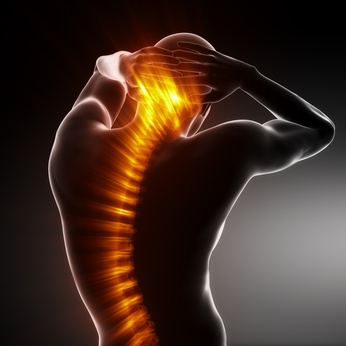
The Most Important Yet Most Neglected Muscle of The Body Part 1: Diaphragmatic Breathing
Right now, as you start reading this article, pay attention to your breathing. Are you breathing more in your abdomen or more in your chest? If you are unsure, place one hand on your stomach and the other hand on your chest. Which hand is moving more? If you are breathing more in your chest, your diaphragm muscle is not working properly.

Functions of The Diaphragm
The diaphragm has two functions. One is breathing and the other is core stabilization, which we will discuss in Part 2. The diaphragm is a dome-shaped, paper thin muscle that separates the chest from the abdomen. It attaches to the bottom of the lungs and its outer edges attach to the lowest ribs and spine. When we inhale, the muscle contracts and pulls downward toward the abdomen causing it to expand outward. This creates a negative vacuum in the lungs and they fill with air. When we exhale, the diaphragm relaxes, it moves back up and we let air out.
Under normal conditions, the entire diaphragm muscle is involved in respiration and the entire abdomen expands 360 degrees like a balloon filling with air. Our bodies are getting sufficient oxygen and all is well.

Chest and Diaphragm Lift up, Abdomen Pulls In
Consequences of a Dysfunctional Diaphragm
It is very common for the diaphragm to become dysfunctional and not work properly. This can be due to physical or emotional trauma, pain, etc. Portions of the muscle become “shut down” and it does not pull down like it did before. The body compensates by using other muscles to lift the chest up in order to get oxygen. Neck and shoulder muscles such as the trapezius, scalenes, sternocleidomastoid, pectorals and others become overused, tight and painful. Chest breathing can have some painful consequences, including neck and shoulder pain, headaches, and back pain.
Testing the diaphragm is an important part of my examination process with patients. If it is not working properly, we implement treatment and exercises to rehabilitate this very important yet most neglected muscle in the body. I have helped many patients with this approach no matter what type of pain or musculoskeletal problem they have.
I help people every day with problems caused by a dysfunctional diaphragm. If you or someone you know is having ongoing spine or extremity problems, contact me to see if I can help.


